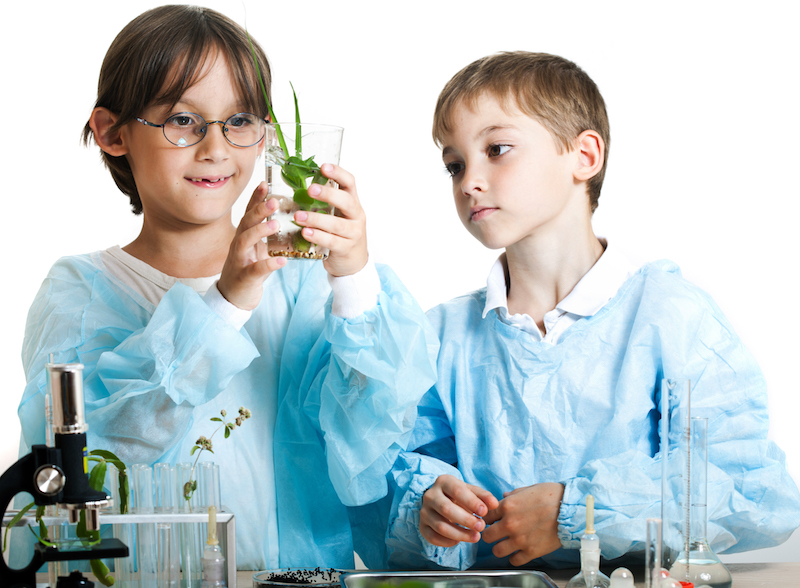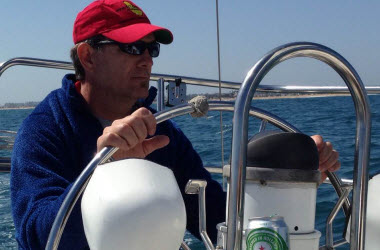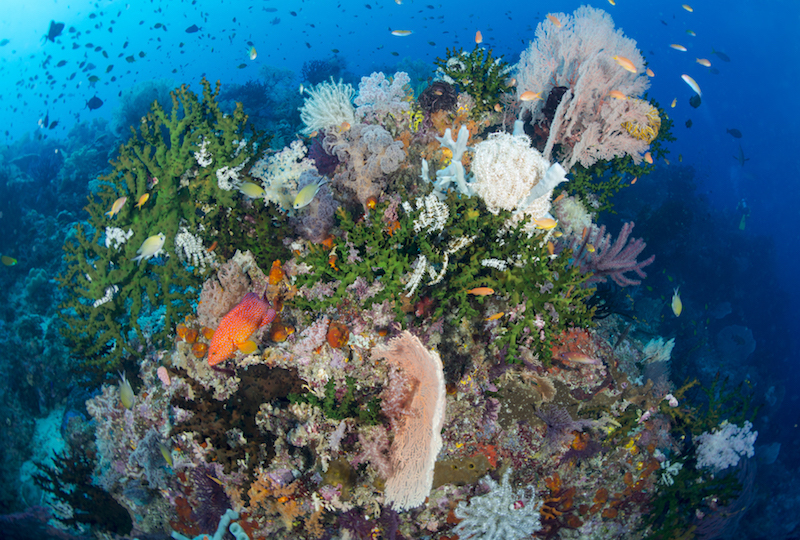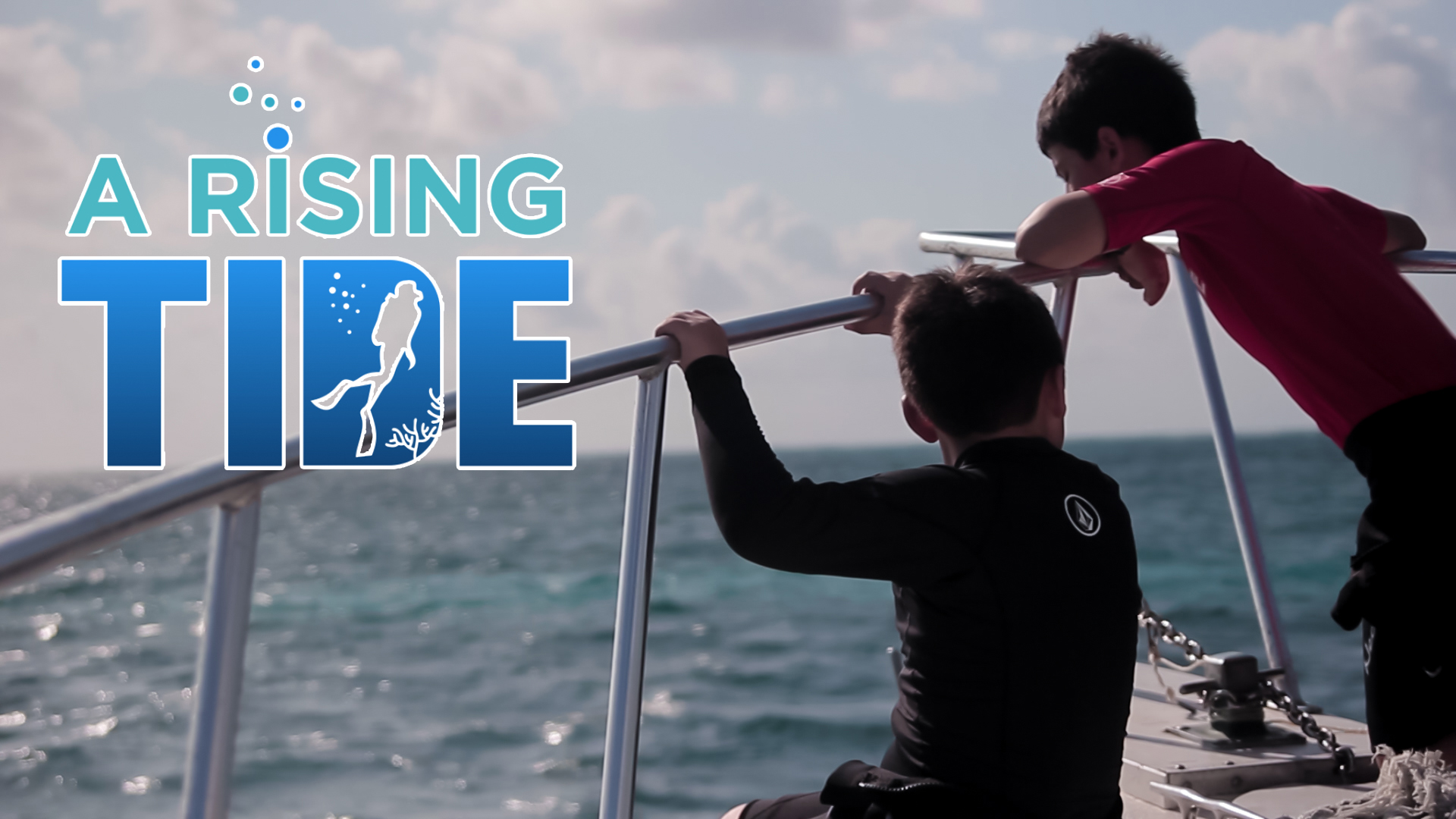February 27, 2018
 No matter how old you are or how much education you have completed, you can participate in science. There are numerous projects with varying degrees of involvement in which you can participate. You can do anything from running a program on your computer to flying a kite.
No matter how old you are or how much education you have completed, you can participate in science. There are numerous projects with varying degrees of involvement in which you can participate. You can do anything from running a program on your computer to flying a kite.
Whether you are interested in helping astronomers understand the universe, physicists unravel the mysteries of quantum mechanics, or simply want to find the next large prime number, you can help by donating time on your computer. The BOINC (Berkeley Open Infrastructure for Network Computing) program runs in the background when you are not using your computer. It allows you to choose which projects run on your computer so you can support just one project or multiple projects at the same time. Also, it doesn’t matter what type of computer you have, BOINC runs on every platform. If you want to get friends and family involved, you can form teams and the credit you receive pools in with the rest of your teammates.
If you would like to be more active in your citizen science participation, you can check out Public Lab. They were started during the media blackout of the 2010 BP oil spill. They went out with household digital cameras attached to kites and balloons to capture images of where the oil was moving. Since then, Public Lab has expanded and promotes utilizing low-cost tools to gather and analyze environmental data. You can help with collecting air quality data, water analysis, or aerial-mapping to name a few projects.
Computers have been increasing in speed at an exponential rate, but there are still many things we can do better.  Instead of looking at funny cat pictures, you can help identify plankton in the world’s waterways. Plankton Portal allows volunteers to identify plankton in underwater photos so that scientists can gain a better understanding of plankton’s role in the various cycles of the world.
Instead of looking at funny cat pictures, you can help identify plankton in the world’s waterways. Plankton Portal allows volunteers to identify plankton in underwater photos so that scientists can gain a better understanding of plankton’s role in the various cycles of the world.
Another way to help while at your computer is mapping roads and buildings in rural parts of the world. When natural disasters hit parts of the world that are not well-mapped, it is difficult for first responders to navigate and quickly get to the people who need help. That is where Open Street Maps comes in. It allows volunteers to use satellite imagery to identify roads, building, villages, and the like to create a more complete map of the world. When an earthquake hit Nepal in 2015, nearly 9000 humanitarian mappers contributed up to a million edits a day and expanded the amount of data about Nepal by a factor of 15!
For a way to help closer to home, you can become a weather watcher. CoCoRaHS (Community Collaborative Rain, Hail, and Snow Network) is a network of weather watchers who measure precipitation. CoCoRaHS volunteers are also trained to spot severe weather and can help meteorologists decide when to send weather alerts. Since unmanned weather stations can be miles apart, having volunteers provide more data helps to improve computer weather models.
Science isn’t exclusive to people with PhDs. Anyone can help the progression of science. Whether it is running a program in the background when you are not using your computer, flying a kite near a oil spill, or just reading a rain gauge, you can do your part and help contribute to science.



